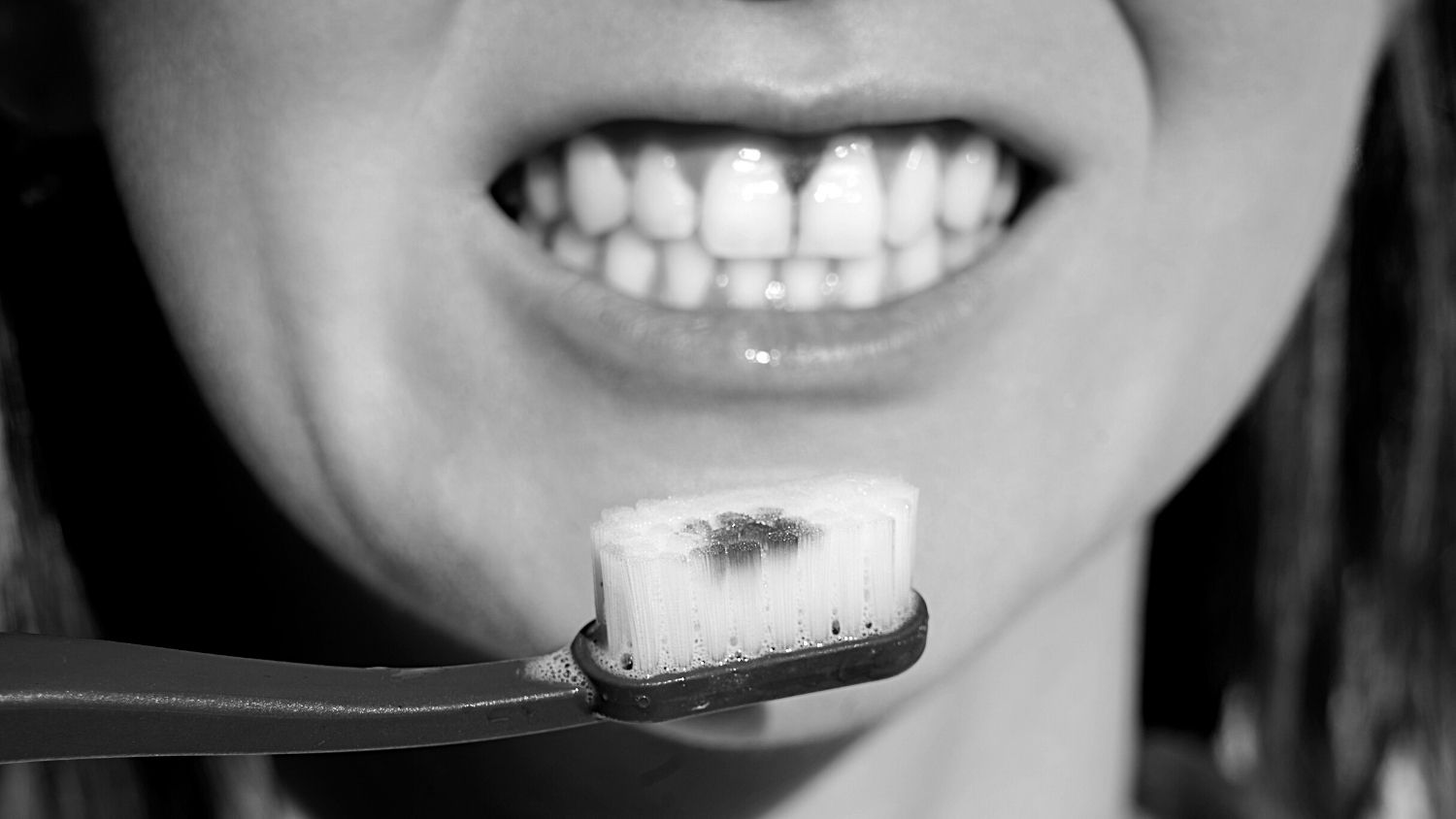Bleeding Gums
Gum disease is easily prevented and treated if detected early. If ignored, gum disease can lead to more serious health issues. Beyond causing painful, swollen, bleeding gums and bad breath, if left untreated, periodontal disease can result in irreversible bone damage and tooth loss.

What is Gum Disease?
Gum disease describes the inflammation of the gums as a result of bacterial growth. This bacterial growth is caused by a build-up of plaque that has not been removed by thorough daily brushing and flossing. This plaque forms tartar, or calculus, and bacterial growth, destroying the tissue that surrounds and supports your teeth. If left untreated, it can eventually infect the bone that supports the teeth, causing teeth to become loose and even fall out.
What Are the Types of Gum Disease?
Gum disease exists in two key stages: gingivitis and periodontitis. Gingivitis is the early stage of gum disease, affecting only the gums, and can be reversed if treated early. If ignored, gingivitis can lead to the more serious stage of gum disease, periodontitis.
Gingivitis :
The more mild form of gum disease, gingivitis refers to the inflammation of the gums caused by a build-up of plaque along the gum line. The symptoms include sore, soft and swollen gums that may bleed easily. At this stage, the bone structure surrounding and supporting the teeth is not affected.
The first signs of gingivitis are having blood on your toothbrush or dental floss. The damage of gingivitis can be prevented and reversed with daily thorough brushing and flossing and general good oral hygiene. If it is ignored, gingivitis can lead to periodontitis.
Periodontal Disease :
Periodontitis occurs when the inflammation and infection of the gum tissue spreads to the ligaments and bones that surround and support the teeth. This results in shifting or loose teeth that may eventually fall out on their own, or need to be removed by a dentist.
A common sign of periodontitis is receding gums or pockets between the teeth and gums as well as pain while biting. While the damage of periodontal disease cannot be reversed, you can help prevent further damage with daily brushing and flossing and by visiting your approved dentist.
What is the Difference Between Gingivitis and Periodontal Disease?
Gingivitis is an early stage of gum disease that occurs when gums become infected from the bacteria in plaque build-up. It is easily prevented with good oral hygiene, and can be treated by approved dentist without any serious or irreversible damage.
Periodontal disease is a more serious stage of gum disease that results in irreversible damage. The bone that holds the teeth in place is infected and can eventually lead to tooth loss. Professional dental care is required to prevent further damage.
How Does Gum Disease Start?
Gum disease begins when plaque is not properly removed each day with good oral hygiene practices. This plaque build-up turns to tartar, promoting a bacterial infection. This early stage of gum disease is called gingivitis. While some people with gingivitis may not notice any significant changes or obvious symptoms, common signs include sore, swollen gums that bleed during brushing and flossing.
The infection of the gums breaks down the gum tissue, and if left untreated, it can lead to a more serious infection that spreads to the bone.
Book An Appointment
